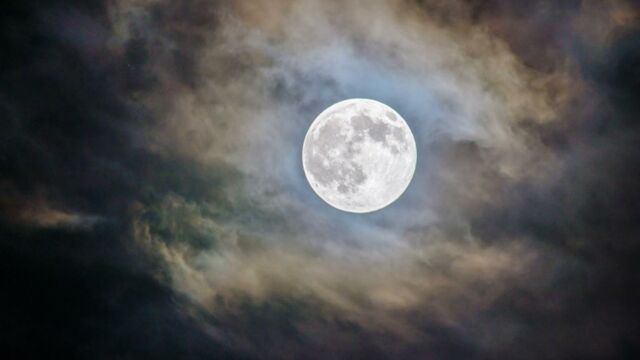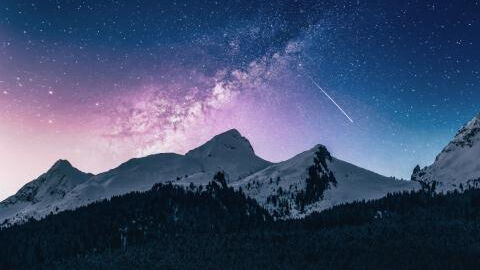The year has flown by and is already drawing to a close. The month of December is fast approaching and will be marked by several astronomical events such as shooting star showers, a final full moon and a solstice.
Discover our latest podcast
The Geminids shooting star shower
A new month (usually) means a new shower of shooting stars. December is no exception, with the Geminids shooting star shower. As is often the case, this shower is linked to a comet: (3200) Phaeton.
The Geminids are active from December 4 to 20, reaching their peak on December 14. More than a hundred meteors per hour are expected, making for an impressive show.
Winter solstice
Another highlight of the last month of the year is the winter solstice. As NASA reminds us:
The December solstice marks the shortest day and longest night of the year for regions in the northern half of the globe, such as the United States, while the southern half experiences the longest day and shortest night.
The winter solstice takes place on December 22.
The Cold Full Moon
December will also be marked by one last full moon: the Cold Full Moon. Where does this name come from? It's not hard to imagine, but the Almanac tells us that :
The December full moon is better known as the cold moon, a Mohawk name that evokes the frigid conditions of this time of year, when the cold really starts to get to us.
This astronomical event will take place between the two festive seasons, on December 26.
Read more:
⋙ Here's all you need to know about the next South Taurids shooting star shower
⋙ Scientists discover the coldest place in the Universe, here's how low the temperatures actually get
⋙ Google Earth allows archeologists to discover never-seen-before historic sites
⋙ The 'Bloop': Here is everything you need to know about the most mysterious sound on Earth (VIDEO)
⋙ This is what would happen if the Earth stopped rotating around the Sun
This article has been translated from Gentside FR.















